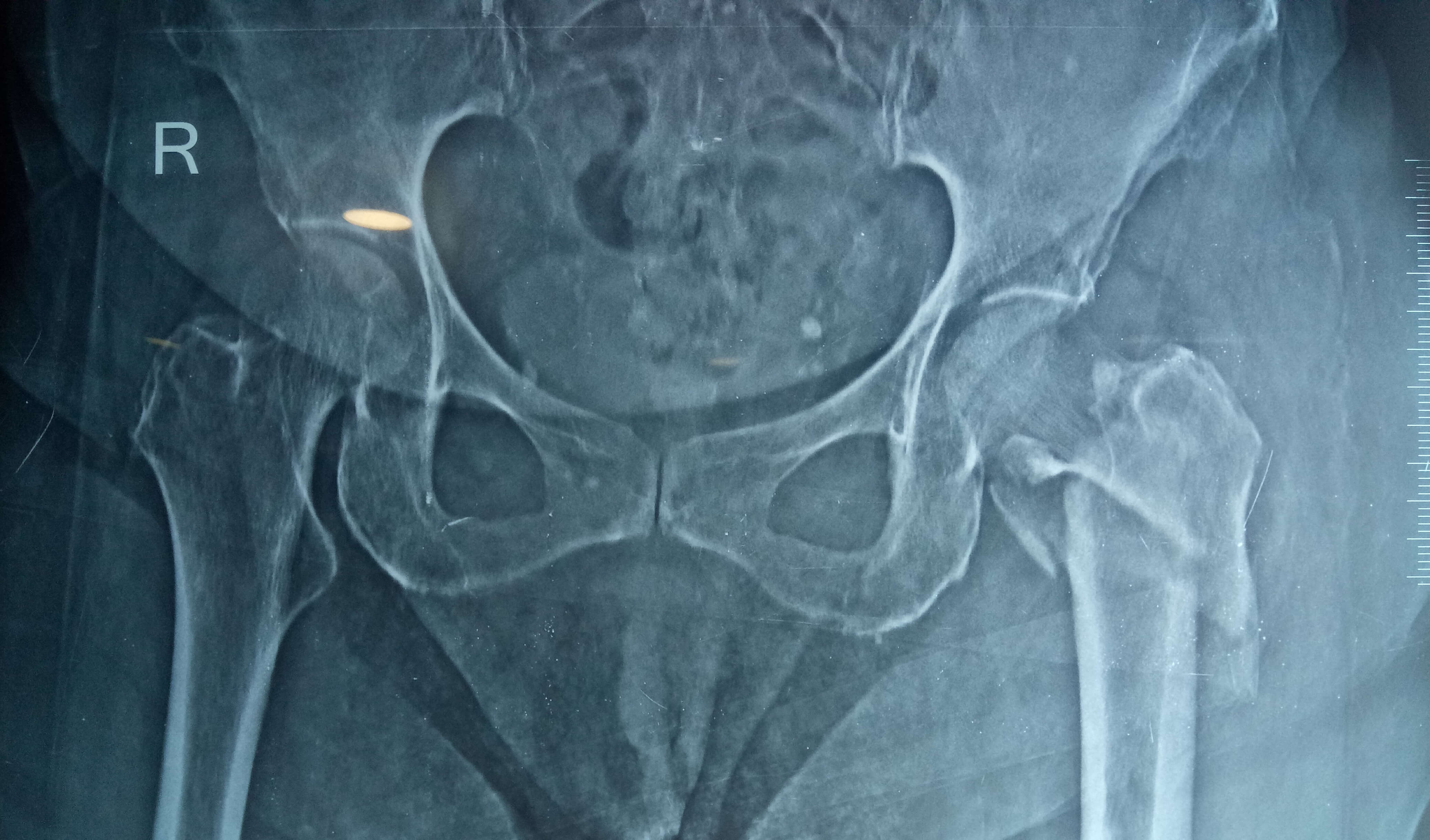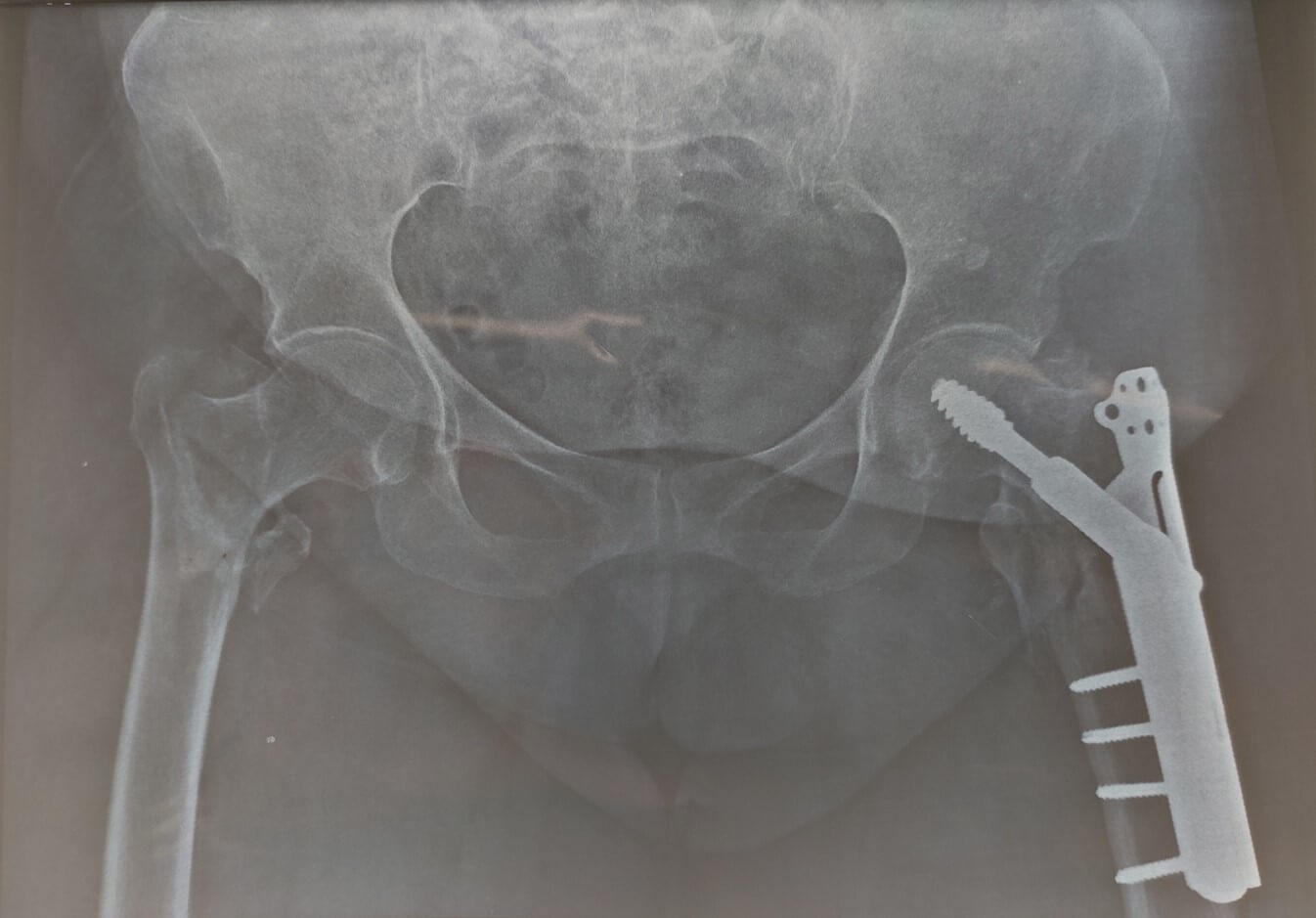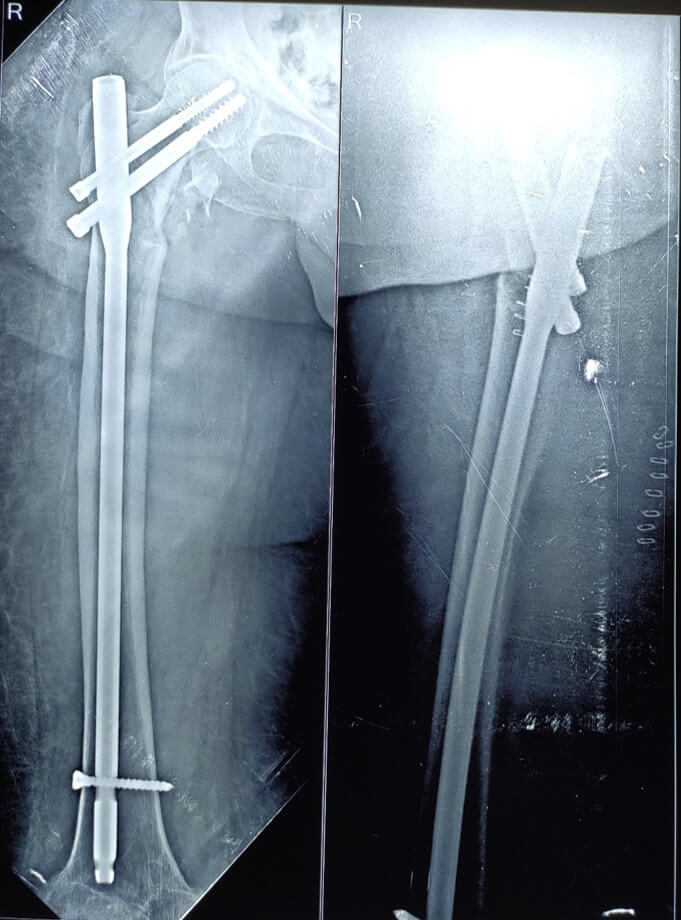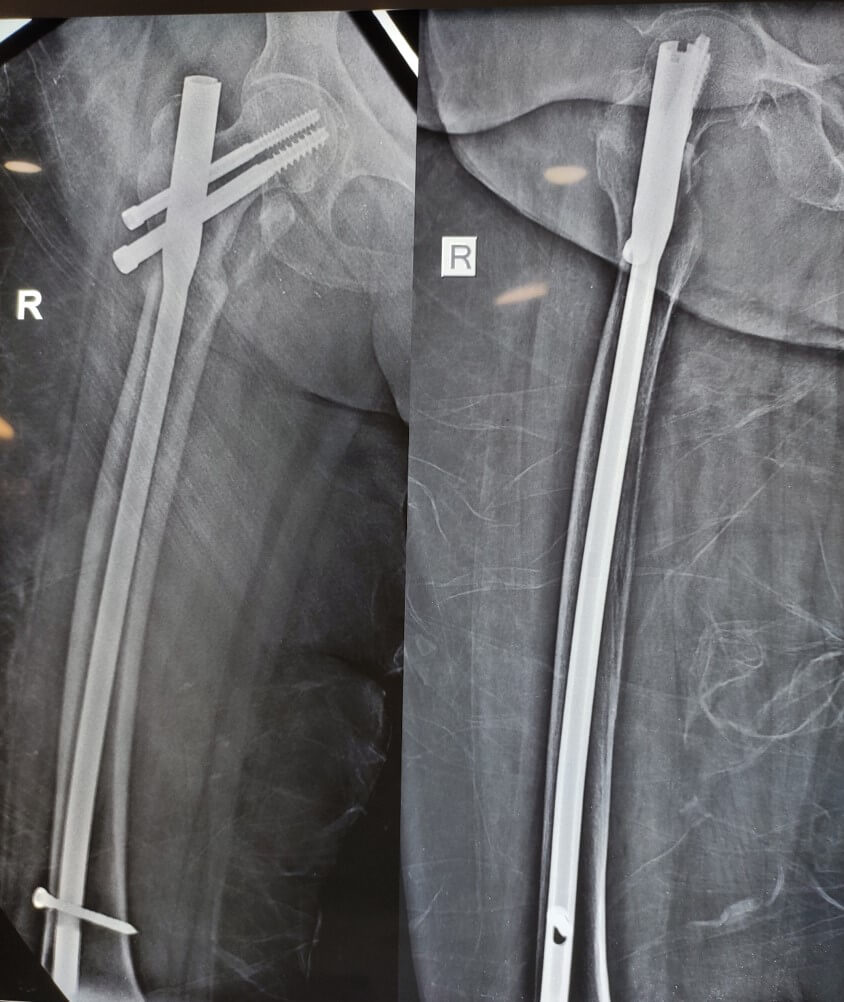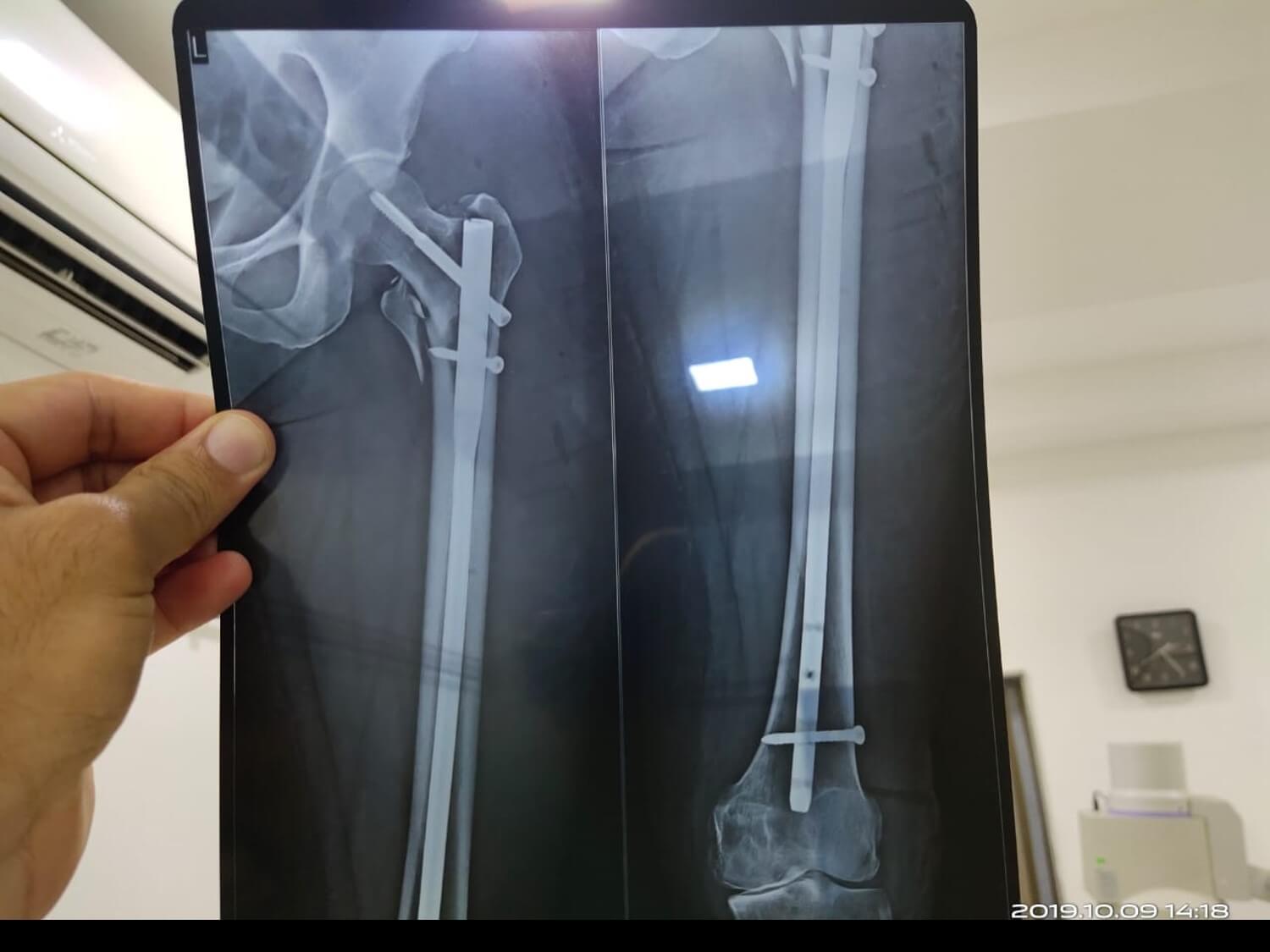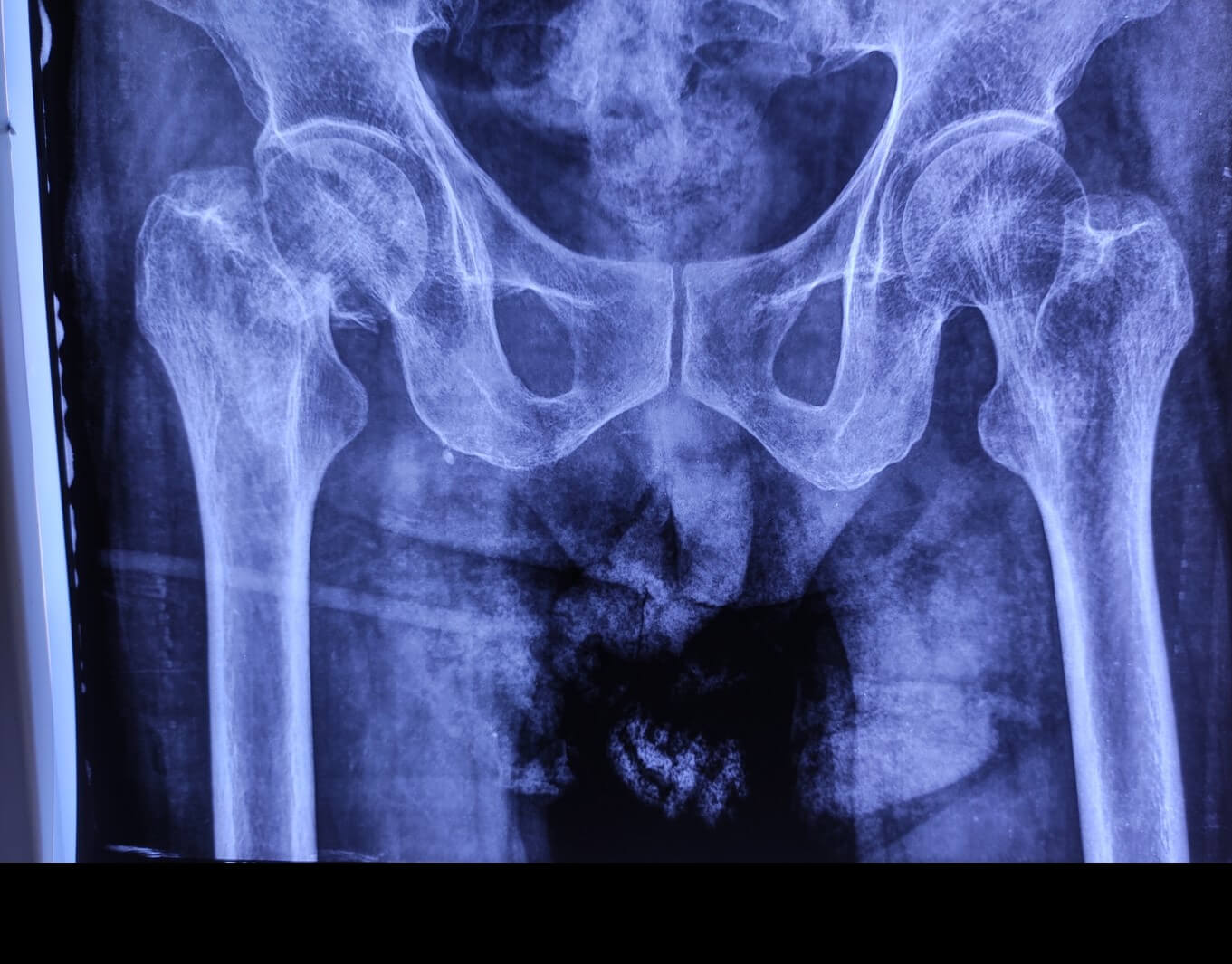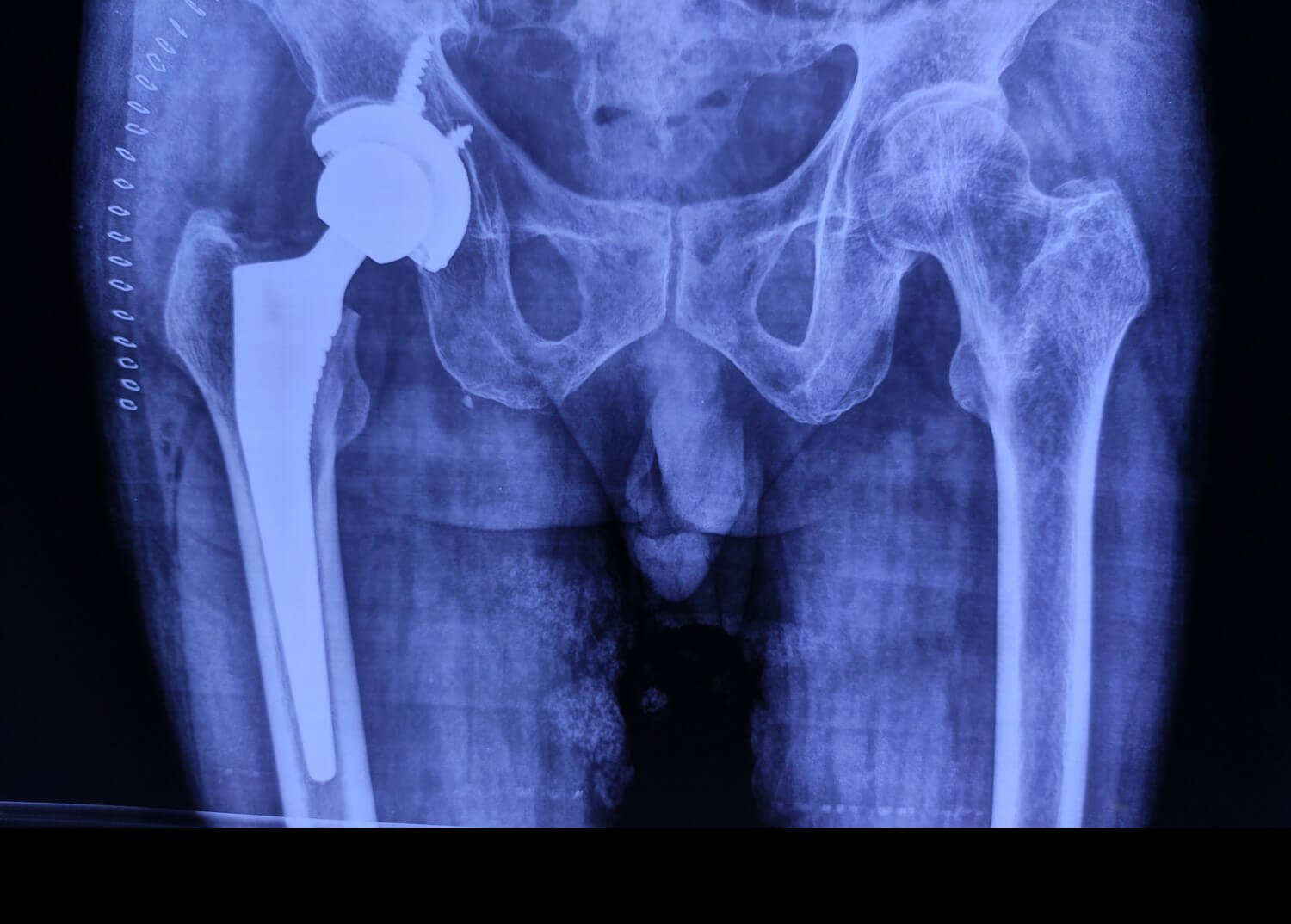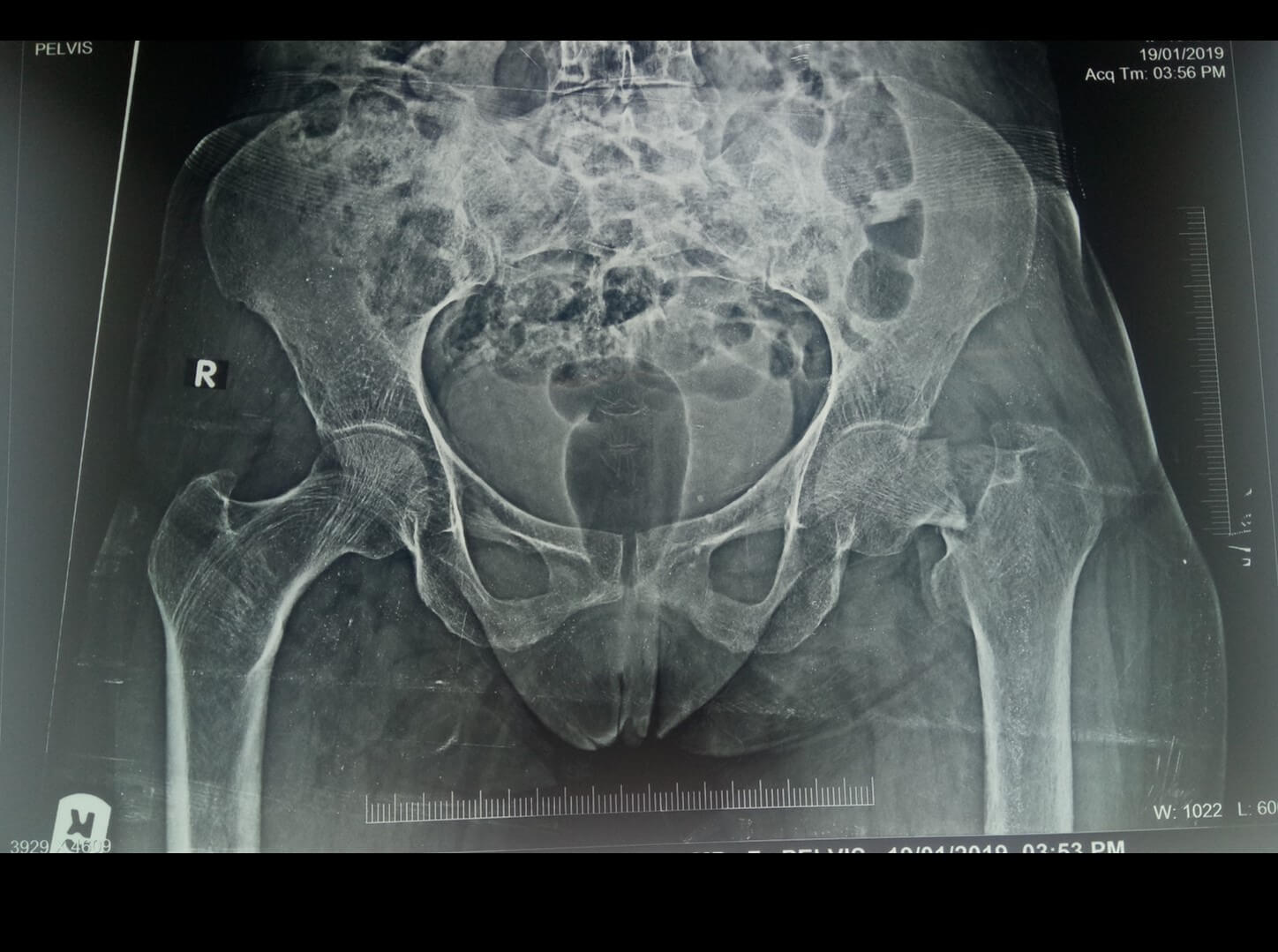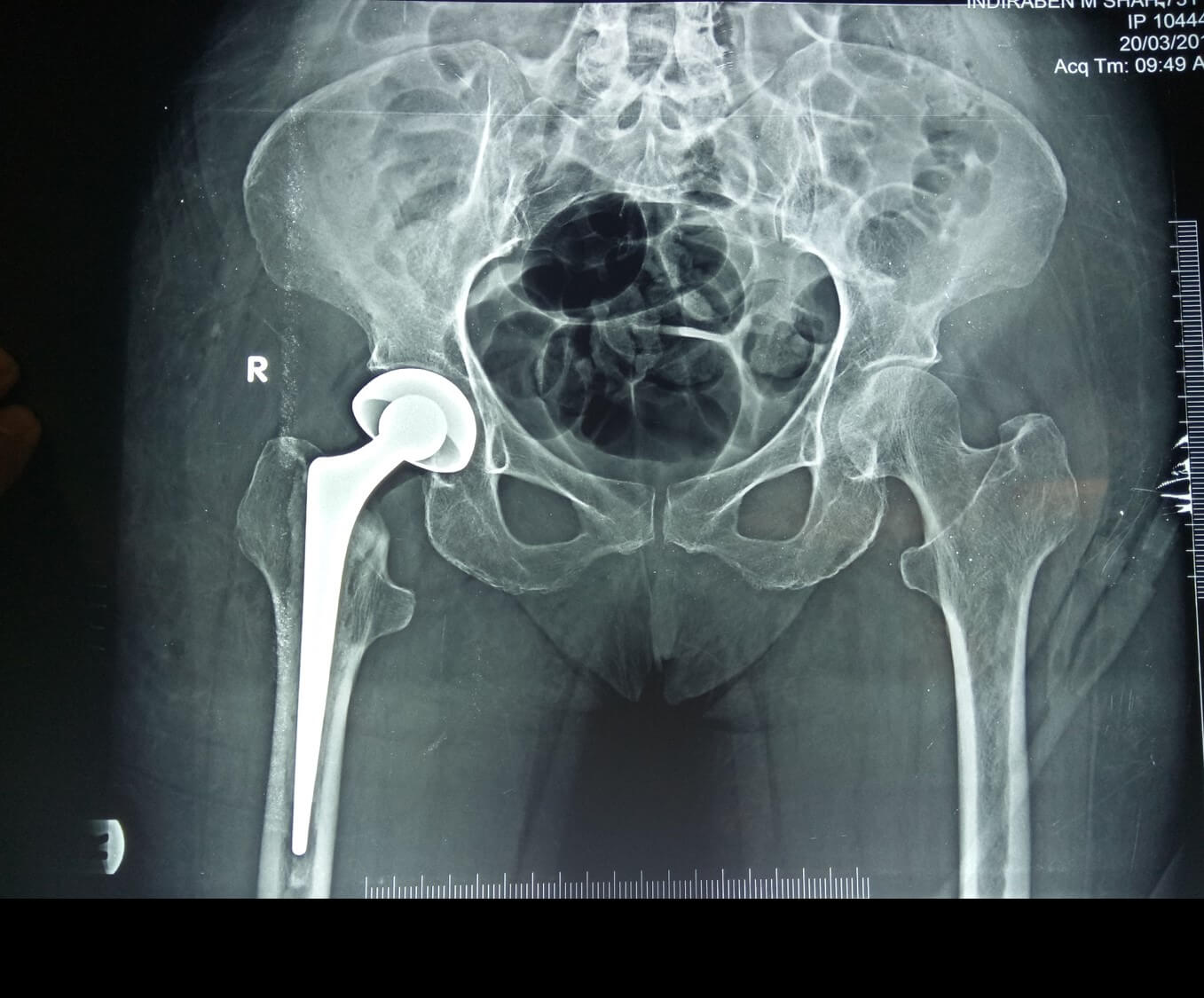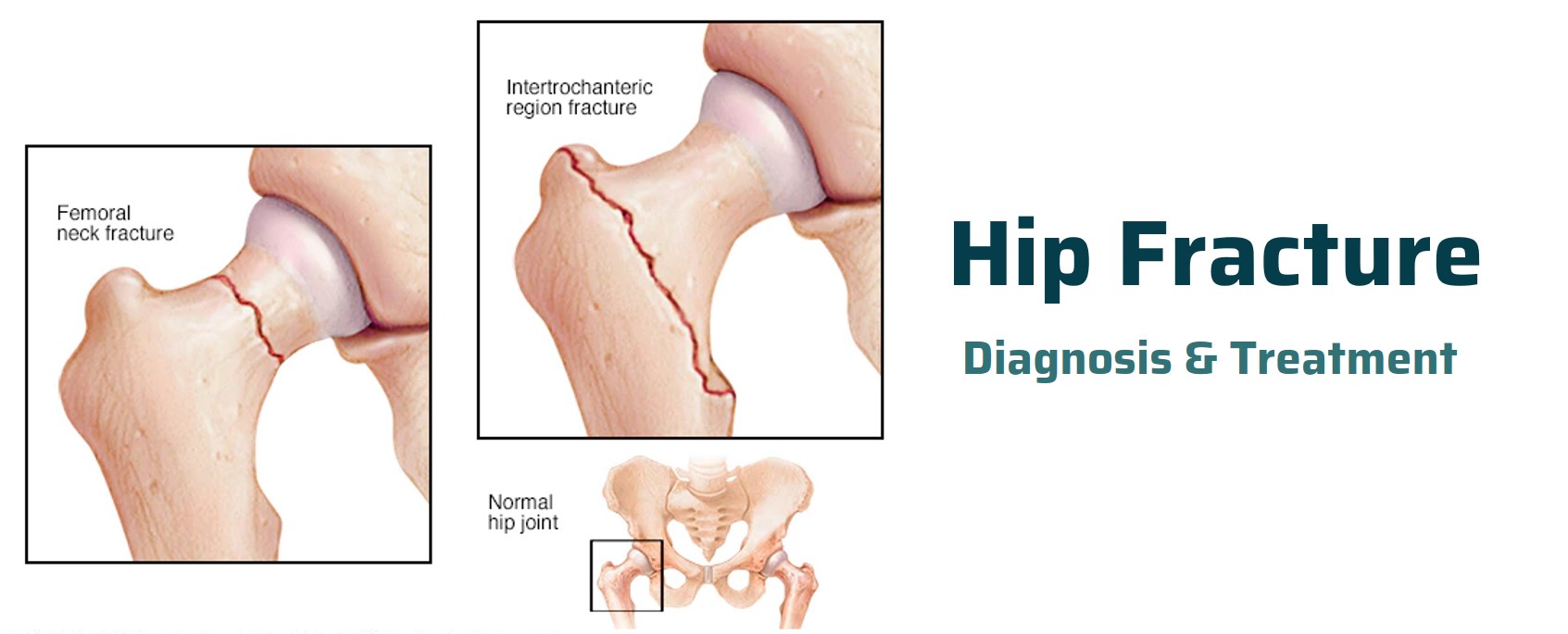
WHAT IS A HIP FRACTURE?
A hip fracture is a serious injury which is a break in the top quarter of the thighbone. The risk of hip fracture rises with age and can be can be life-threatening. A hip fracture almost always requires surgical repair or replacement, followed by physical therapy. Taking steps to maintain bone density and avoid falls can help prevent a hip fracture.
Things that increase your chances of a hip fracture include:
- Age
- Osteoporosis
- Nutritional problems – lack of calcium and vitamin D
- Physical inactivity
- Drinking too much alcohol
- Smoking
HIP FRACTURE SYMPTOMS
You’ll probably have a lot of pain in your hip or groin. You may be unable to walk. Signs and symptoms of a hip fracture include:
- Severe pain in your hip or groin
- Bruising and swelling in and around your hip area
- Inability to get up from a fall or to walk
- Inability to put weight on your leg
- Shorter leg on the side of your injured hip
- Outward turning of your leg on the side of your injured hip
DIAGNOSIS AND TREATMENT FOR HIP FRACTURE
DIAGNOSIS OF HIP FRACTURE
An X-ray usually will confirm that you have a fracture and show where the fracture is. If your X-ray doesn’t show a fracture but you still have hip pain, your doctor might order an MRI or bone scan to look for a hairline fracture.
TREATMENT FOR HIP FRACTURE
Usually, you’ll need surgery. What type depends on the kind of fracture you have, your age, and your overall health. It involves a combination of surgery, rehabilitation and medication.
Surgery – The type of surgery you have generally depends on the where and how severe the fracture is. Options include:
- Internal repair using screws
- Total hip replacement
- Partial hip replacement
Rehabilitation – Your care team will likely get you out of bed and moving on the first day after surgery. Physical therapy will initially focus on range-of-motion and strengthening exercises.
TREATMENT OPTIONS FOR HIP FRACTURE
- plate and screws
- nail (rods)
- hip replacement
HIP FRACTURES IN YOUNG PATIENTS
They require very accurate reduction and fixation with either screws/plates/rods and sometimes combinations depending on the geometry of the fracture. It’s very important to reconstruct it to perfection as its largest weight bearing joint of the body and that’s why it warrants specialist.
HIP FRACTURES IN ELDERLY PATIENTS
- With our experience and advanced implants surgeries are performed with minimum cut and blood loss even in extremely old patients with multiple medical problems.
- Our aim is to make them walk as early as possible to avoid further complications.
- Hip replacement in very advance technique in fractures which are difficult to reconstruct with nail/plate
- It allows very early mobilization
We have successfully treated patient of 94 yrs. with hip fracture and she walked on the 2nd day of surgery. So with proper technique, implants and with medical backup we can achieve such incredible results.
RECOVERY TIME
The amount of time it takes to recover from a hip fracture depends on the type of fracture and how it is treated. When pins and screws are required to secure the bone, the person should try to resume walking with a walker as soon as possible. It may take six to eight weeks before the person can switch to walking with a cane.
Cases of Hip Fractures
Cases of Hip Replacement
LOOKING FOR A HIP FRACTURE SURGERY/SURGEON IN AHMEDABAD?
Dr. Rachit Sheth is a Consultant Orthopedic Surgeon in Ahmedabad, specializing in hip and knee fracture surgeries including complex primary and polutrauma. He and his team of orthopedic trauma and fracture surgery doctors in Ahmedabad, have been treating normal to complex cases with most success ratio.
For appointment or consulting, you can contact us.



